Osmium
What is Osmium
Osmium (pronounced as OZ-mee-em) belongs to the family of transition metals and denoted by the chemical symbol Os. It has thirty-four isotopes out of which seven occur naturally with osmium-92 having an abundance of 40.78% in the earth’s crust [1, 3]. It is also available in the form of powder, bars, balls, and coins for several commercial purposes.
Where is Osmium Found
The element is found in iridomine and platinum-bearing sands of America and Urals. It is also obtained as a by-product from nickel ores [1, 4].
History
Origin of its Name: Its name is derived from the Greek word ‘osme’ which means ‘smell’.
When and Where was it Discovered: In 1803, the English chemist Smithson Tennant first synthesized osmium.
How was Osmium Discovered
In 1803, when Tennant added platinum to a mixture of nitric and hydrochloric acids called aqua regia, he noticed that a major portion of the metal failed to dissolve in the solution. Although many researchers assumed the residue contained graphite earlier, he conducted a further analysis to find out. After a series of treatments with acids and alkalis, he was successful in isolating two different elements, and named them iridium and osmium, respectively [1].
Position of the Element on the Periodic Table [1]
| Group | 8 |
| Period | 6 |
| Block | d |
Properties and Characteristics of Osmium [1, 2, 3]
General Properties |
||
| Relative atomic mass/mass number/molar mass | 190.23 | |
| Atomic mass/weight | 190.23 atomic mass units [8] | |
Physical Properties |
||
| Color/appearance | Bluish-white | |
| Luster | Metallic | |
| Odor | Unknown | |
| Malleability | Yes | |
| Ductility | Yes | |
| Melting point/freezing point | 3033°C (5491°F) | |
| Boiling point | 5088°C (9046°F) | |
| Density | 22.5872 g/cm3 | |
| State at normal room temperature (solid/liquid/gas) | Solid | |
| Hardness | 7 Mohs | |
| Electrical conductivity | Unknown | |
Magnetic Properties |
||
| Magnetic ordering | Paramagnetic | |
| Magnetic susceptibility | +9.9·10−6 cm3/mol at 298 K | |
Chemical Properties |
||
| Flammability | Yes | |
| Oxidation number | Unknown | |
| Oxidation state/Oxidation number | −2, (−1), +1, +2, +3, +4, +5, +6, +7, +8 | |
Atomic Data of Osmium [1, 2, 3]
| Atomic number | 76 | ||||||
| Valence electrons | 8 | ||||||
| Quantum numbers | |||||||
| – n | 5 | ||||||
| – ℓ | 2 | ||||||
| – m ℓ | -2 | ||||||
| – m s | -1/2 | ||||||
| Electron configuration (noble gas configuration) | [Xe]4f145d66s2 | ||||||
| Crystal structure | hcp (hexagonal close-packed) | ||||||
| Atomic structure | |||||||
| – Number of Electrons | 76 | ||||||
| – Number of Neutrons | 16 | ||||||
| – Number of Protons | 76 | ||||||
| Energy levels | |||||||
| – First Energy Level | 2 | ||||||
| – Second Energy Level | 8 | ||||||
| – Third Energy Level | 18 | ||||||
| – Fourth Energy Level | 32 | ||||||
| – Fifth Energy Level | 14 | ||||||
| – Sixth Energy Level | 2 | ||||||
| Radius of atom | |||||||
| – Atomic Radius | 2.16 Å | ||||||
| – Covalent Radius | 1.36 Å | ||||||
| Ionic charge | +2 | ||||||
| Electronegativity | 2.2 | ||||||
| Ionization energy
(kJmol-1) |
1st | 2nd | 3rd | 4th | 5th | 6th | 7th |
| 814.165 | |||||||
What is Osmium Used for
- Addition of the metal to alloys increases hardness making them useful in the manufacture of ballpoint and fountain pens, jewelry like rings, electrical contacts, record player needles, instrument pivots, and other devices prone to frequent wear and tear [1, 2].
- Alloys containing 10% of osmium and 90% of platinum are used pacemakers and replacement heart valves [3].
- It plays the role of an efficient catalyst in several chemical reactions [1].
Dangers and Health Hazards of Osmium
The pure metal does not pose any harmful effects unless exposed to air as it undergoes reaction to form osmium tetraoxide, a poisonous and highly reactive compound, causing lung congestion, skin irritation, and eye problems[6, 7].
Interesting Facts
- It is the densest element, approximately two times denser than lead [1].
- Osmium is the most stable among all the elements [5].
Osmium Price
Pure osmium generally costs between $12,000 and $14,000 per kilogram ($300 and $500 per troy ounce). Osmium-187 is a more expensive and useful isotope, costing somewhere between $15,0000 and $25,0000.
- References
- http://www.rsc.org/periodic-table/element/76/osmium
- https://education.jlab.org/itselemental/ele076.html
- https://www.chemicool.com/elements/osmium.html
- https://www.thoughtco.com/osmium-facts-606570
- http://www.softschools.com/facts/periodic_table/osmium_facts/346/
- https://www.webelements.com/osmium/biology.html
- http://nj.gov/health/eoh/rtkweb/documents/fs/1441.pdf
- http://hobart.k12.in.us/ksms/PeriodicTable/osmium.htm
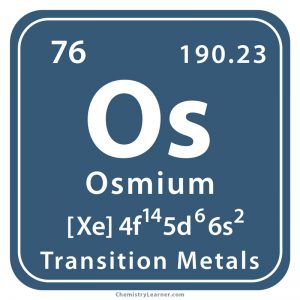
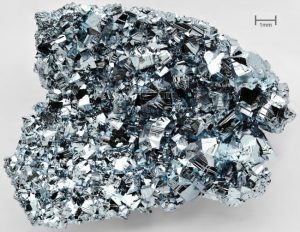
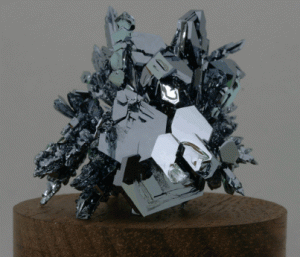
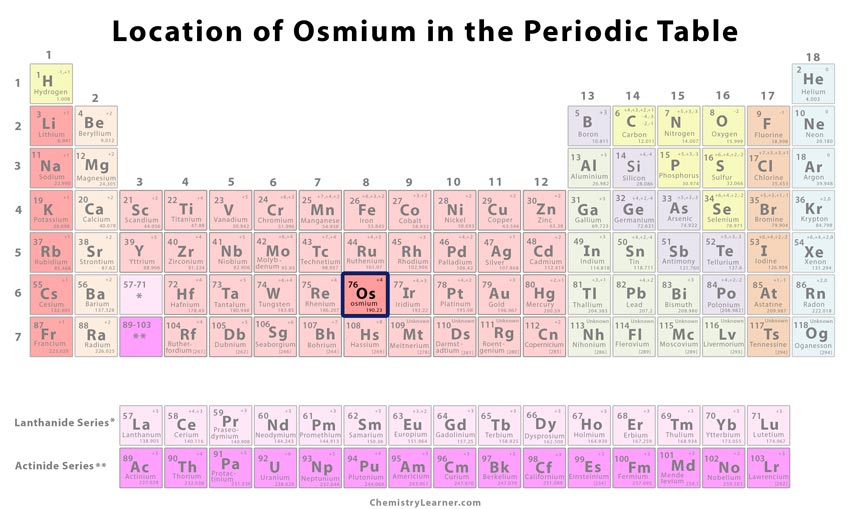
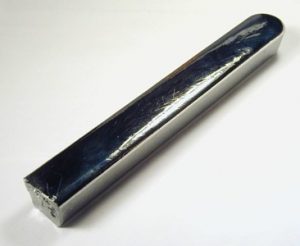
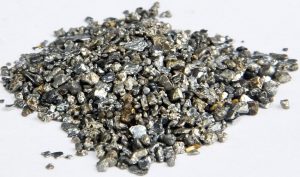
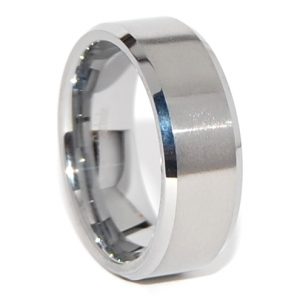
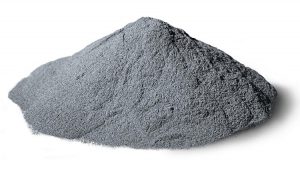





how can i identify that my metal is osmium its round ball shape 5 inch in diameter and absulutely 8 kilos.
every time i put it in salt water it has defferent odor very bad odor and creat molds in the water. pls reply to my comnent
I am going to guess With my minimal knowledge. I could be wrong. I hope someone hands me my ass if I am wrong. From my understanding osmium is one of the most stable metals to exist. I would imagine salt water would not be enough to cause a reaction of any kind. You surly wouldn’t get a noticeable smell because odor would indicate a reaction. Odor isn’t a characteristic listed above. Creates Molds in water? I never herd of metal creating biological growth in water. Are u using distilled water? Is the metal dissolving and looking like mold somehow?? I could be totally wrong but I think I am safe to assume you don’t have osmium. Will someone smart help this guy out? He asked our community for help.